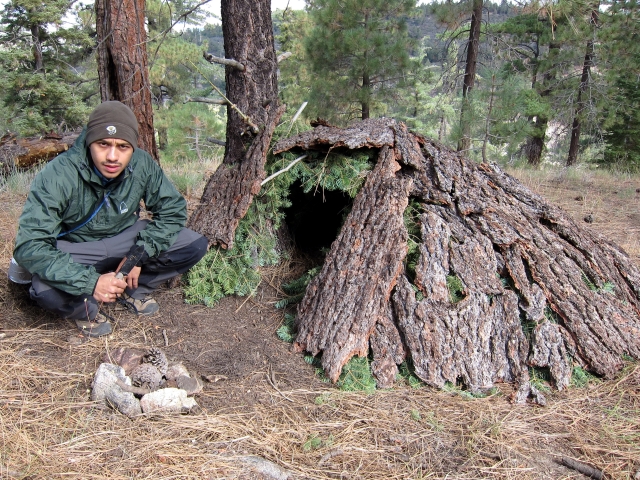This article is Part 2 of the last Stealth Camping Hacks article here on Gat Daily. Stealth Camping Using Natural Materials explores using natural debris and materials to create stealthy camps that can save your life.
Using subdued colored manufactured gear adds to the stealthiness, for sure. However, incorporating natural materials into your setup or constructing your camp shelter entirely from natural resources achieves complete stealth.
When you are carefully stealth camping using a variety of natural materials, bark, branches, leaves, ferns, and grass are all your camo friends. Using natural colors that blend with your surroundings will definitely make you the Harry Houdini of your camping partners.
There’s an entire community of stealth campers adventurous enough to camp in desolate and obscure places out of sight. They can achieve this by using the techniques and hacks outlined in my previous article, Stealth Camping Hacks. However, adding natural foliage helps them take this type of adventurous camping to new heights!
Stealth Survival Shelters
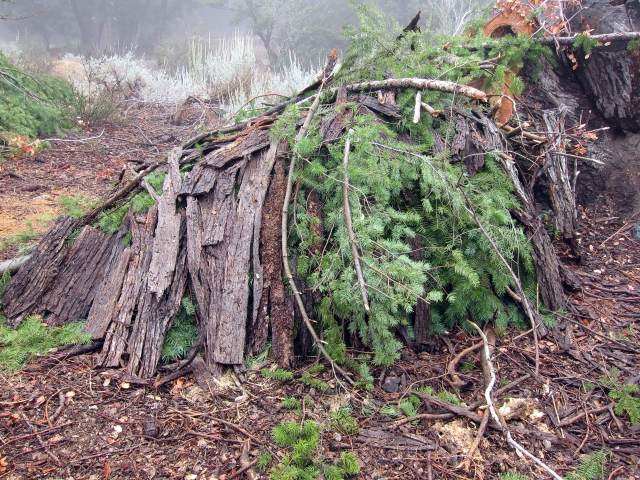
These types of stealth camping shelters using natural materials also moonlight as survival shelters. Forget about wild animals; the real threat is the environment. Many people end up in trouble due to exposure. A sunny day can quickly morph into a chilly, snow-filled night.
So, before you tap into your inner Bear Grylls, check out these handy tips. Convert your stealthy camps into survival shelters for an unexpected night in the wild!
Necessary Tools
Only minimal tools are necessary, such as everyday items you might carry during a hunt, fishing trip, hike, or a day of shooting. Typically, these tools include small fixed blades and multi-tools that have a saw. And of course, leather gloves are always helpful whenever shelter construction is on the table.
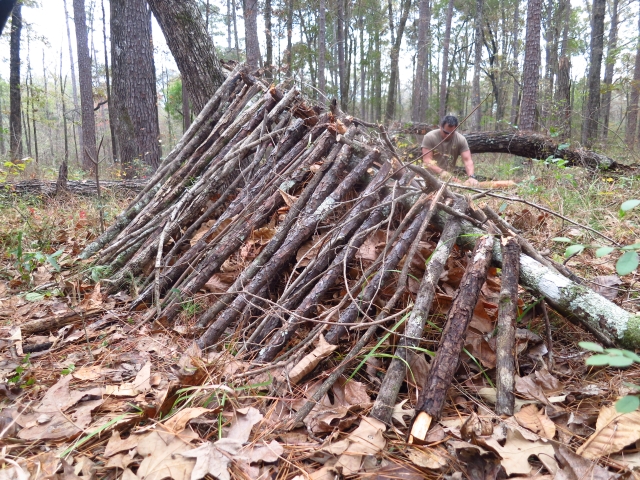
Wilderness Stealth Camps
Building a Debris Hut demands some effort and time, but you can manage most of it with just your hands—don’t forget to wear gloves to dodge splinters and thorns! A Swiss Army Knife (SAK) is your best friend here; it’s a must-have for any outdoorsy type and features a handy wood saw perfect for trimming branches. Think of it as your personal outdoor sidekick!
In the sunny Southern U.S., longleaf pines such as Loblolly, Slash, Eastern White, and Virginia pine are perfect for building a debris shelter. Start by lashing a ridge pole to a tree at waist height, then gather small dead sticks to form the ribs, creating a structure that resembles a dinosaur skeleton. Cover it with dry pine needles, ensuring no sharp bits stick out to prevent rain from sneaking in.
Inside, make a cozy bed of pine needles—this is crucial for staying warm. Use any materials you can find to insulate the entrance, including your backpack. Finally, cover your shelter with bark or branches to protect it from the wind. You’re now ready to face the elements!
Natural Structures of Desert Landscapes
To build a solid desert shelter, prioritize shade with minimal effort. First rule: escape the sun! Water scarcity means fewer plants, complicating your search for shelter materials, but don’t panic—it’s still manageable. The sun can zap your energy faster than you think. In the southwestern deserts, juniper and cedar trees offer a cool refuge.
Just remember, a juniper won’t keep you dry if it rains—because who doesn’t love an unexpected shower? A cluster of trees gives you the shade you need and some wind protection, keeping you comfy in the heat.
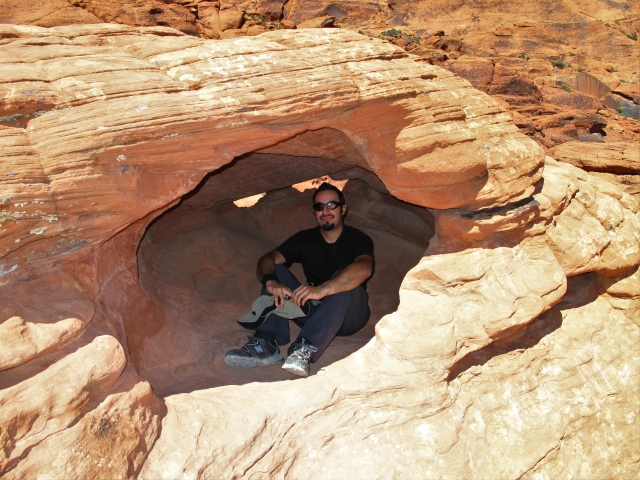
Rock shelters are the crème de la crème of natural hideouts in the desert. They provide ample shade, shielding you from the scorching sun while keeping winds and rain at bay. If you find one that’s tall enough to sit in and long enough to stretch out, you’ve struck gold!
When building a fire inside, proceed with caution. Warm the space slowly, or you might just anger the rock gods and invite a surprise rockslide during your sleep. For extra comfort, consider stacking a small rock wall in front of the shelter—it’s like giving your spot its own bouncer.
And remember, flash floods are no joke in summer. Even if the desert looks dry, distant storms can turn your cozy nook into a gushing river. Watch out for drainage areas and keep your camping plans high and dry!
Look For
If you’re near a stream, keep an eye out for willow trees, quaking aspens, and cottonwoods—they’re your best friends when it comes to shelter materials. Just be careful of sneaky snakes and scorpions hiding in the dry grass; you really don’t want them crashing your party!
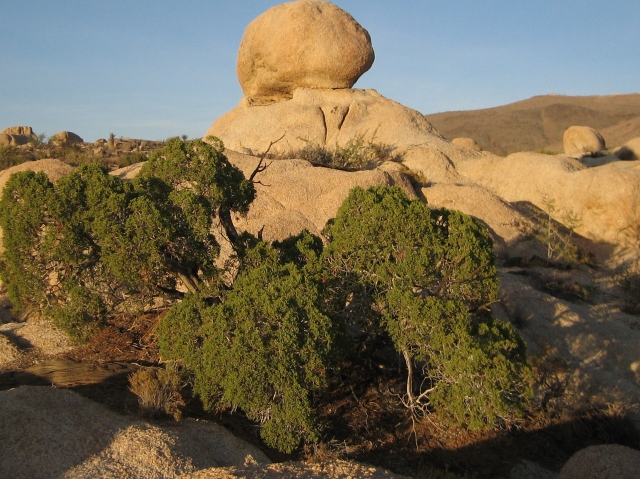
You can build a desert debris hut just like in the woods, provided you have enough supplies. Dry grass offers excellent insulation against the desert’s scorching heat and chilly nights, where ground temperatures can reach a staggering 190 degrees Fahrenheit—definitely hotter than the average sauna. Also, the bark from juniper trees makes great overhead thatching and ground insulation. If you gather enough, you might even create a cozy, albeit rustic, bed.
Enjoy stealth camping shelters using natural materials!
Read the full article here






